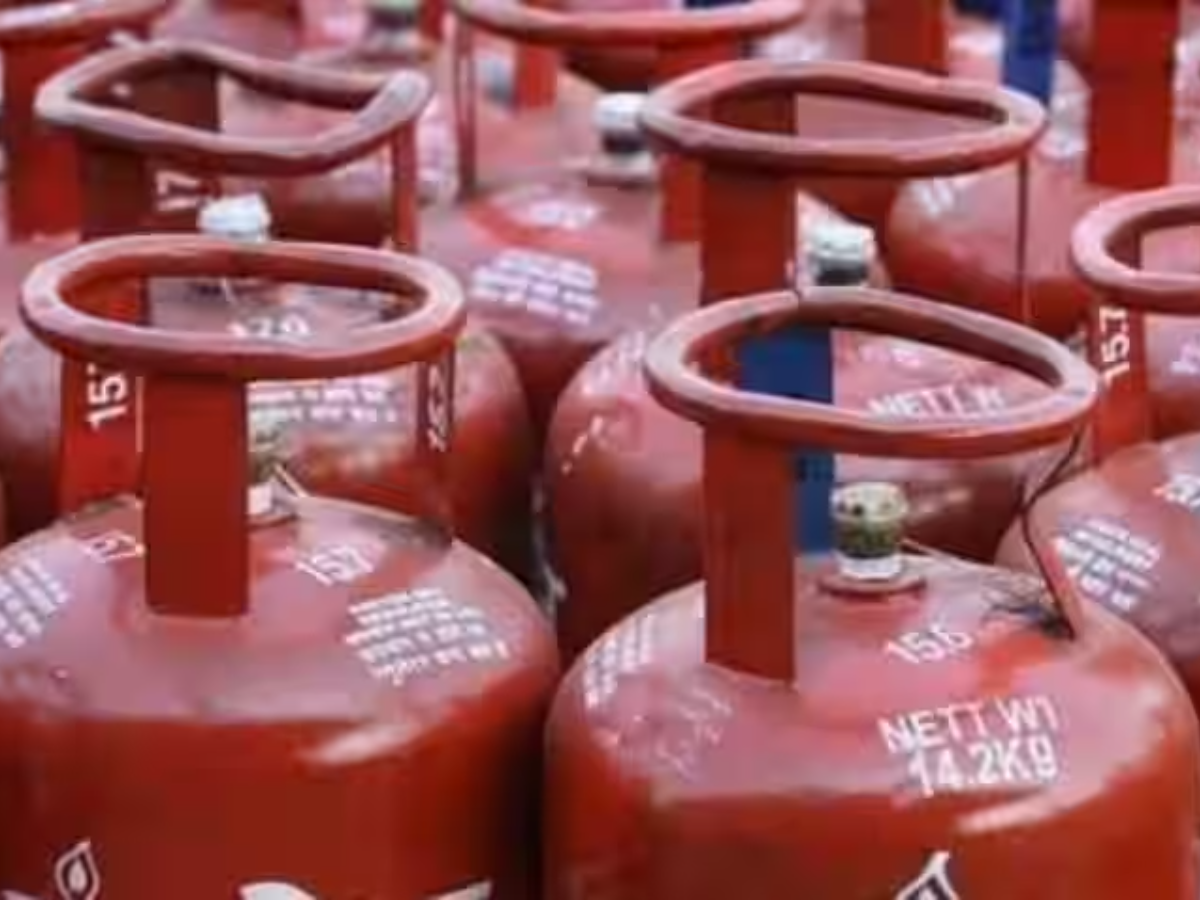Commercial LPG gas prices slashed: An explainer on how the government's current gas pricing formula works
The price of LPG encompasses various elements such as the Free on Board (FOB) price, ocean freight, insurance charges, customs duties, and port dues. The new formula benchmarks most domestically produced natural gas to 10 per cent of the monthly average import price of crude oil, with floor and ceiling prices set at $4 and $6.5 per million British thermal units (mBtu) respectively.
)
The Oil marketing companies (OMCs) have reduced the prices of 19kg commercial LPG gas cylinders by Rs 99.75, which will be effective from Tuesday, August 1.
In a bid to stabilise energy costs and insulate consumers from global price volatility, the Central government has introduced significant reforms in the pricing of domestic gas. The government has now switched from the previous gas trading hub benchmarking system to a model linked to crude oil prices.
As a part of the new regime, prices are to be benchmarked to the cost of imported crude oil, with monthly revisions. A floor and ceiling price is also established to protect consumers and producers from extreme price fluctuations.
The new pricing model
To understand the new formula, it's crucial to comprehend its fundamentals. The revised formula benchmarks the pricing of domestically produced natural gas to the price of imported crude, rather than international gas trading hubs. The price of most domestically produced natural gas is now set at 10 per cent of the monthly average import price of crude oil. The government has implemented a floor price and ceiling price of $4 and $6.5 per million British thermal units (mBtu), respectively.
The new pricing regime replaces the bi-annual rate revisions with monthly ones. This move towards more frequent revisions is expected to provide stability in pricing for consumers, while also incentivising production.
What was the previous formula?
It's worth noting that more than half of India's LPG requirement is imported, with the rest being domestically produced. Previously, domestic gas prices used to be determined according to the Domestic Gas Pricing Guidelines, 2014. These guidelines stipulated biannual declaration of domestic gas prices based on volume-weighted prices prevailing at four gas trading hubs (Henry Hub, Albena, National Balancing Point in the UK, and Russia) over a 12-month period with a quarter time lags. However, due to high volatility and significant time lag, a need for reform was felt, leading to the recent changes in the pricing formula.
The price of LPG encompasses various elements such as the Free on Board (FOB) price, ocean freight, insurance charges, customs duties, and port dues. Other components include the costs of inland freight, marketing costs, oil company margins, bottling charges, dealer commission, and the Goods and Services Tax (GST).
Get Latest Business News, Stock Market Updates and Videos; Check your tax outgo through Income Tax Calculator and save money through our Personal Finance coverage. Check Business Breaking News Live on Zee Business Twitter and Facebook. Subscribe on YouTube.
RECOMMENDED STORIES

Small SIP, Big Impact: Rs 1,111 monthly SIP for 40 years, Rs 11,111 for 20 years or Rs 22,222 for 10 years, which do you think works best?

SBI 444-day FD vs PNB 400-day FD: Here's what general and senior citizens will get in maturity on Rs 3.5 lakh and 7 lakh investments in special FDs?

SCSS vs FD: Which guaranteed return scheme will give you more quarterly income on Rs 20,00,000 investment?

Looking for short term investment ideas? Analysts suggest buying these 2 stocks for potential gain; check targets

Rs 3,500 Monthly SIP for 35 years vs Rs 35,000 Monthly SIP for 16 Years: Which can give you higher corpus in long term? See calculations
06:14 PM IST









 LPG price: Commercial cylinder rate cut by nearly Rs 100; domestic cooking gas rate unchanged
LPG price: Commercial cylinder rate cut by nearly Rs 100; domestic cooking gas rate unchanged